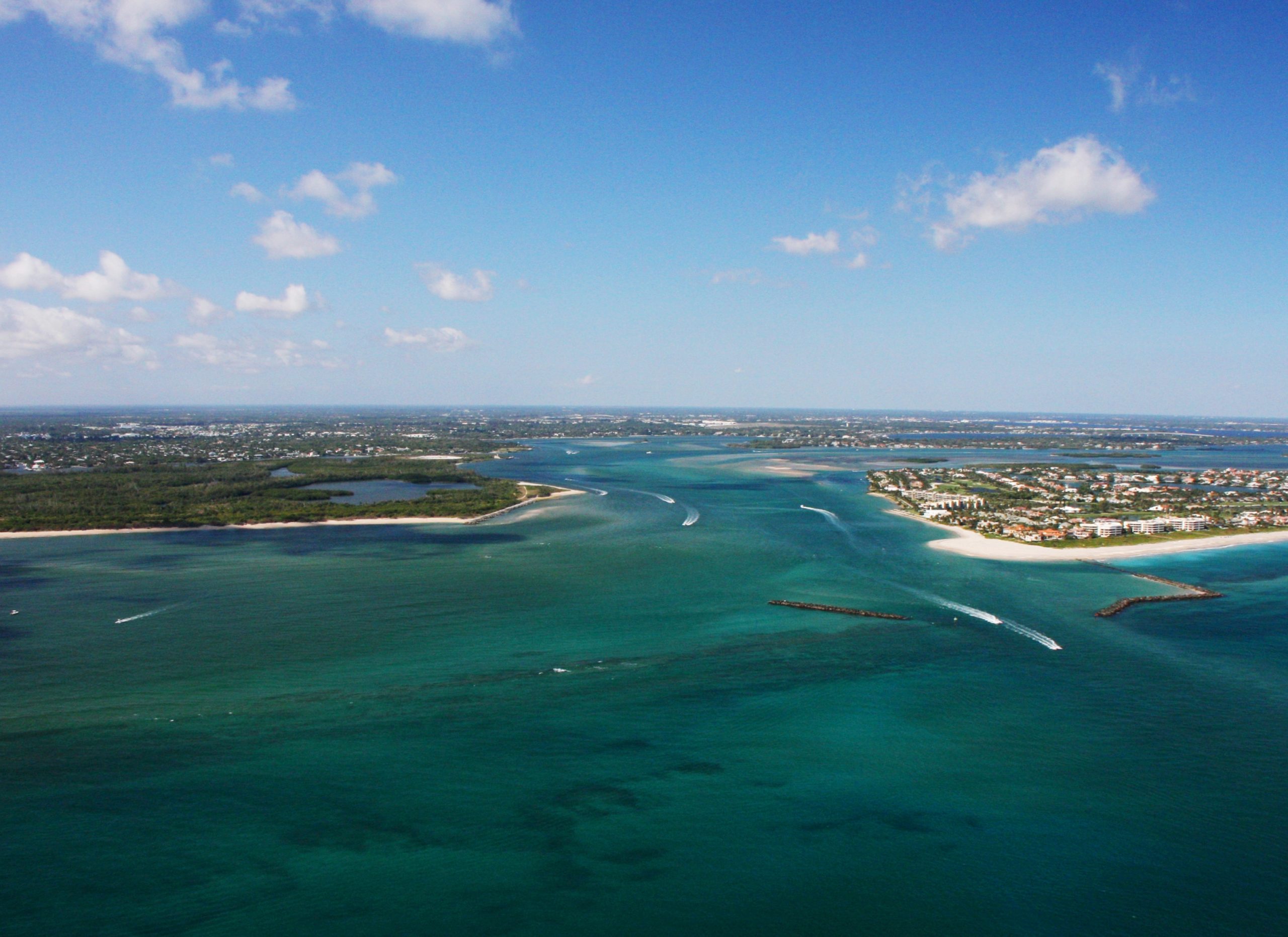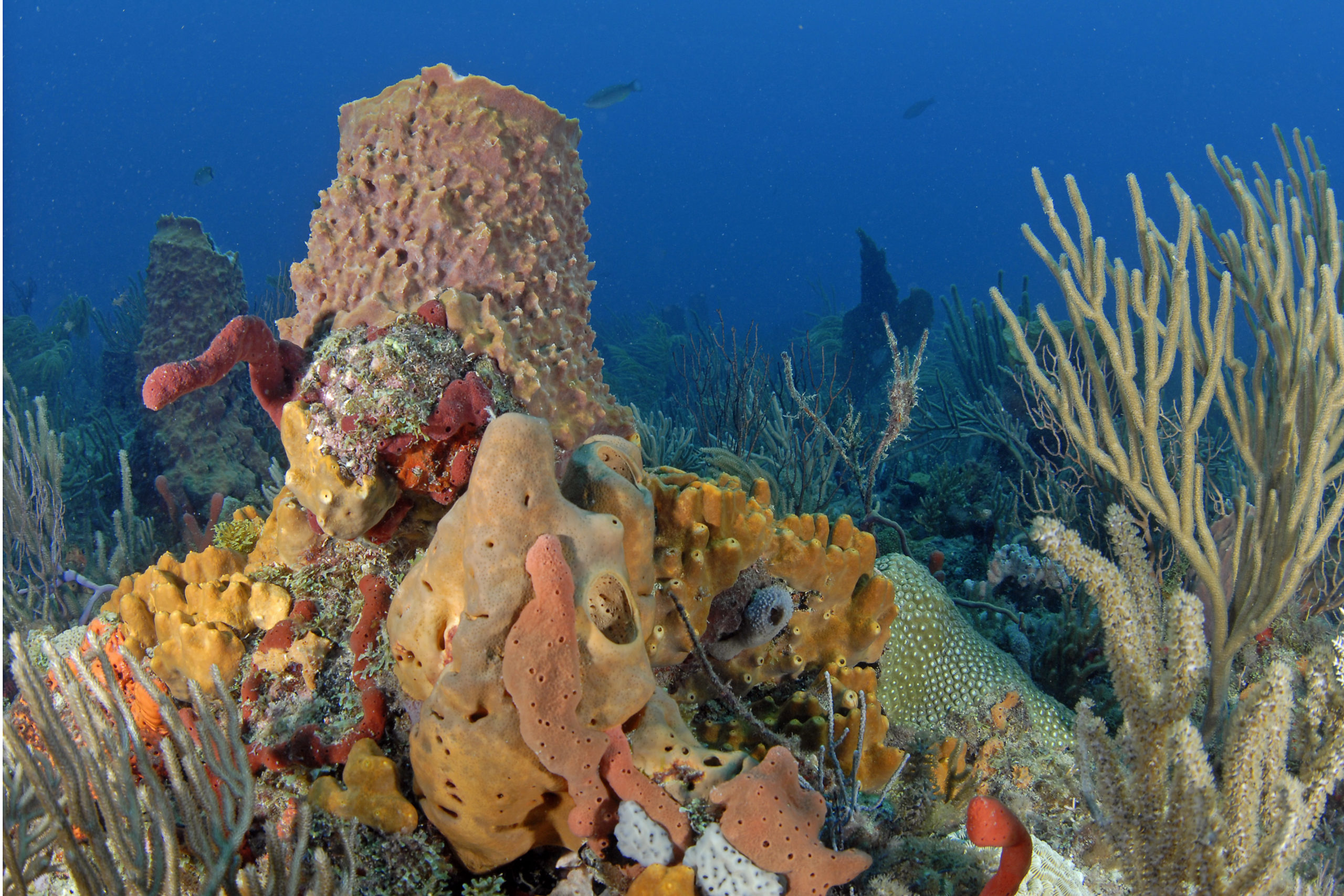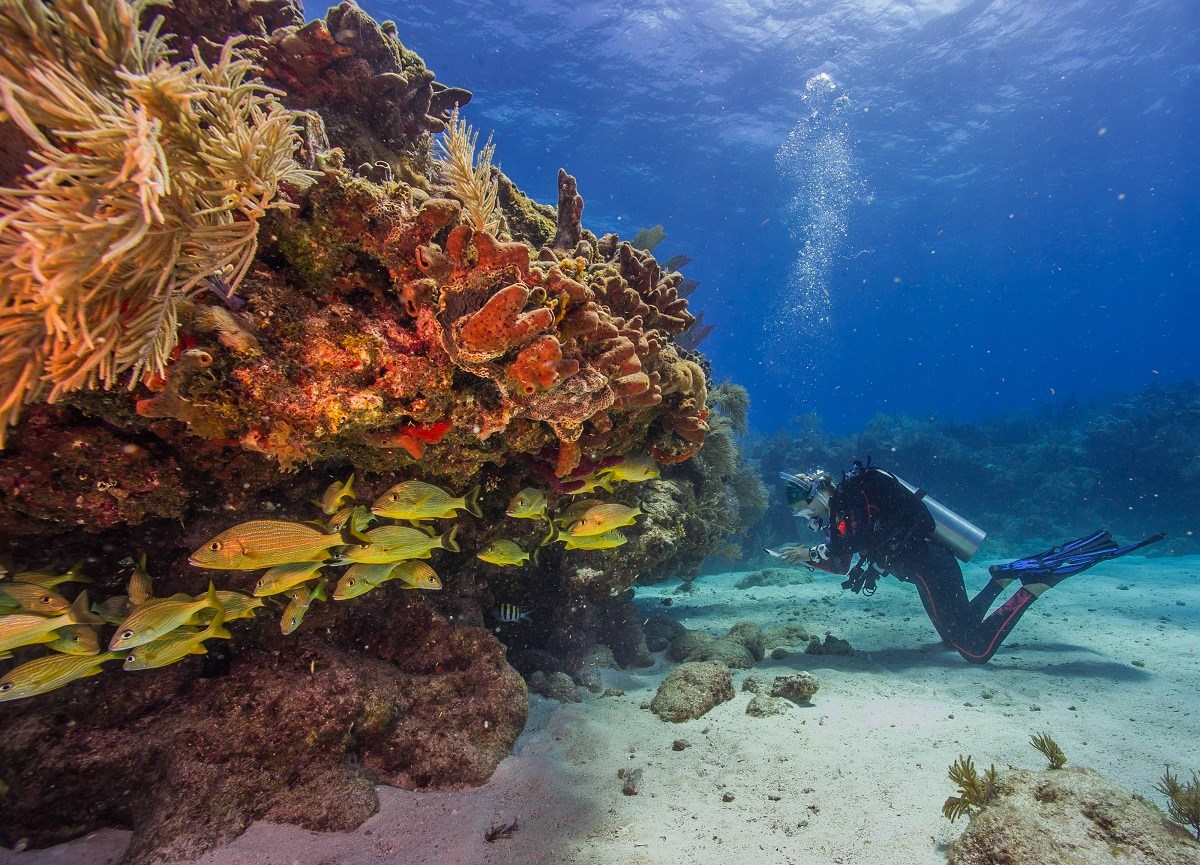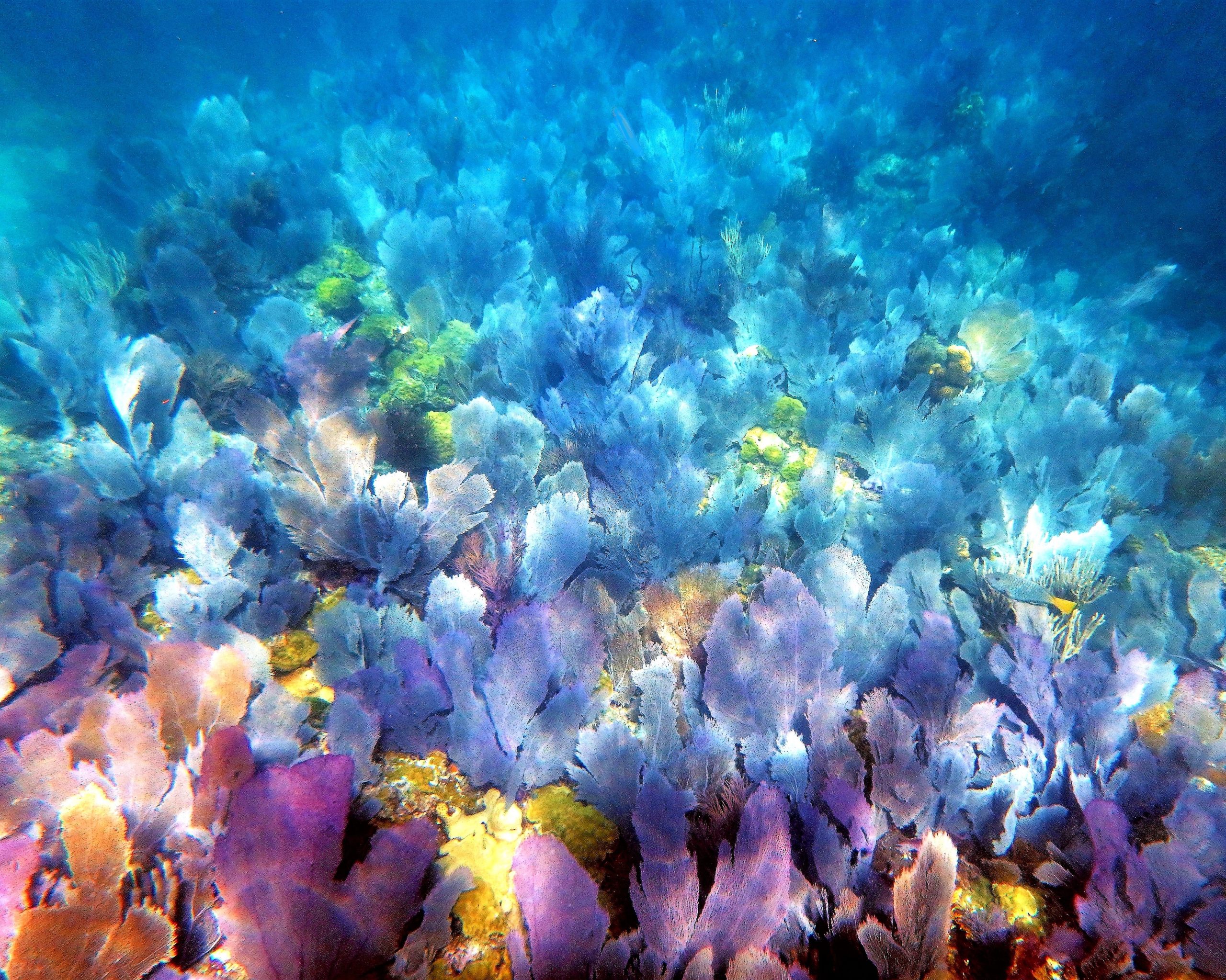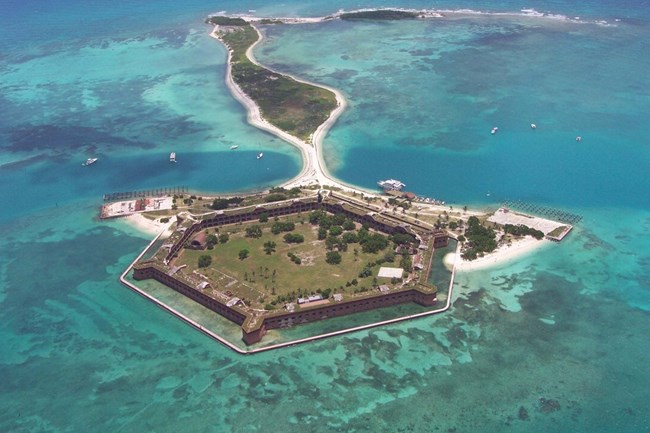Projects
Active Projects
Completed
Using Size Fractionation to Determine Whether the SCTLD Pathogen is Bacterial, Viral or Other expand_more
Expand for more informationThis project aimed to determine what might be causing SCTLD – a bacterium, virus, or something else – by filtering microbes found on diseased corals into various sizes and determining which size caused SCTLD lesions. When healthy great star corals were exposed to water filtered to contain bacteria, they developed the disease, suggesting bacteria can cause SCTLD in certain species.
Read More
Do some algal symbionts make corals more susceptible to SCTLD? expand_more
Expand for more informationAlgal symbionts are energy-producing plants hosted by corals. In this experiment, five coral species were intentionally bleached and allowed to recover. Tissue samples taken during the process were exposed to SCTLD and their algal symbionts identified. The results suggest not only are some coral species more susceptible, but certain groups of algal symbionts are more susceptible to SCTLD.
Read More
100 Yards of Hope expand_more
Expand for more informationThe year-long coral reef restoration project, honoring the NFL’s 100th season and America’s military veterans, will feature FORCE BLUE veteran divers working alongside scientists from the University of Miami’s Rosenstiel School of Marine and Atmospheric Science, the Phillip and Patricia Frost Museum of Science and the Florida Department of Environmental Protection to restore a football field-length stretch of coral reef in the waters off Key Biscayne.
Read More
